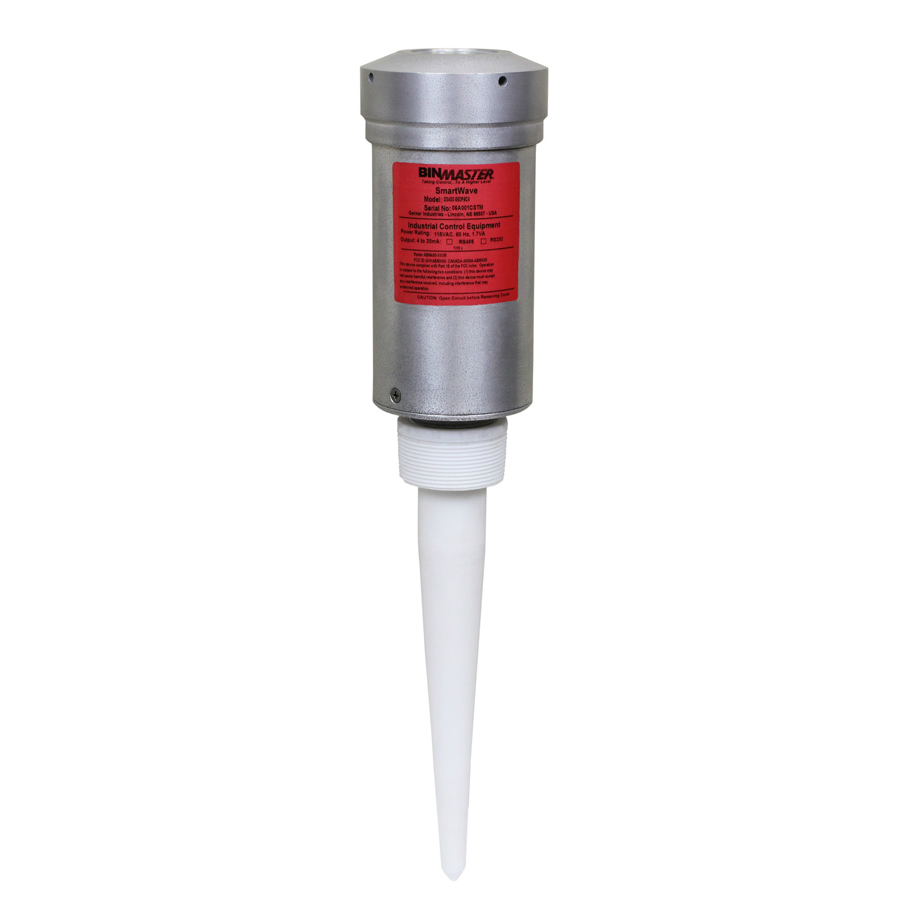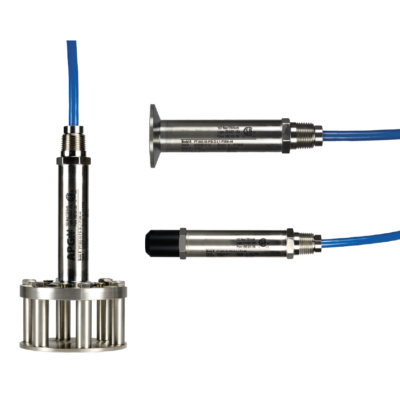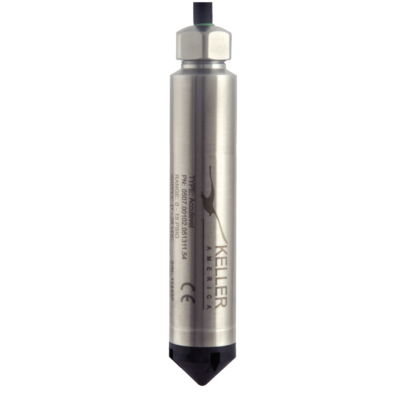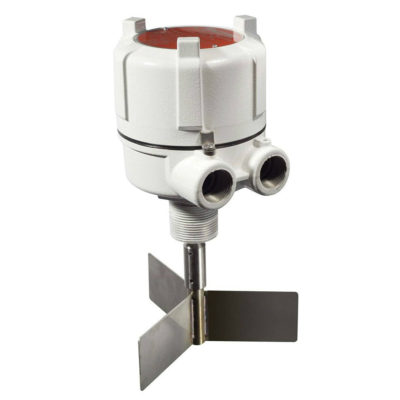Description
Radar is commonly used to continuously measure the level of powders, granules, solids or liquids in a vessel. The NCR-80 non-contact radar excels in powders and solids with a dielectric as low as 1.2. It measures in a very narrow 4° beam angle at distances up to 393 feet with precision of 0.2 inches. BinMaster’s GWR-1000 guided wave radar utilizes time domain reflectometry (TDR) to measure the distance to material by sending a low power microwave signal along a cable and calculating the level based upon the time of flight. It is best suited for materials with a dielectric constant greater than 2.1 in vessels up to 78’ tall.
Features & Benefits
- Low noise
- Accurate and reliable
- High sensitivity
- Self-adjusting amplitude and width of microwave pulse
- Easy two-point, push-button calibration
- 4-20 mA signal output
- RS-485 communications with PC-based utility/diagnostic program
- Uniform polar pattern
- No mounting influence






